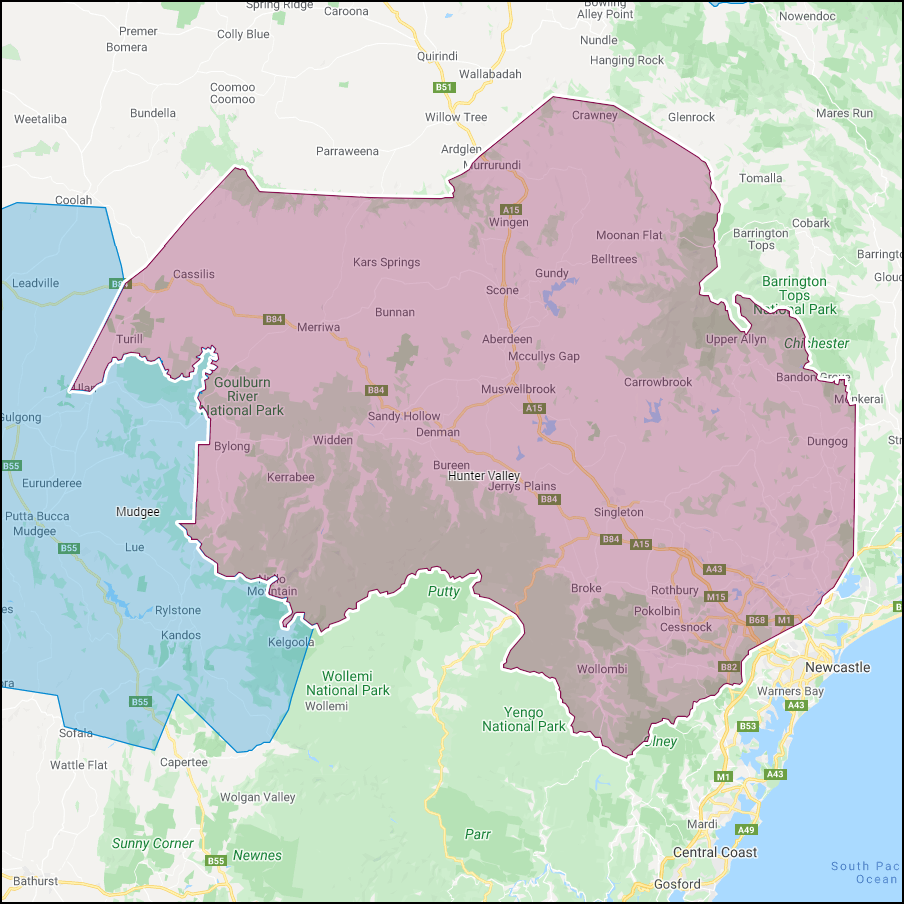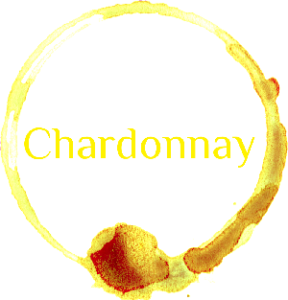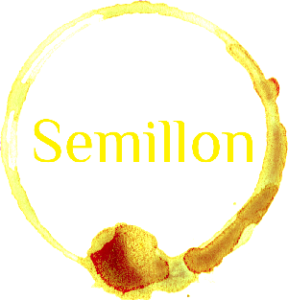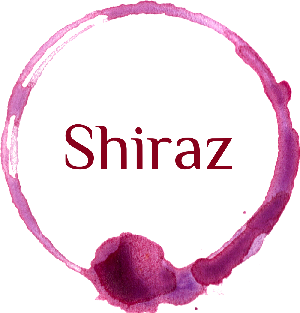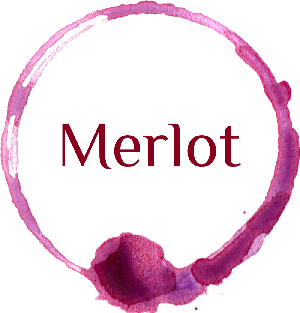Arguably the most recognised wine region in New South Wales, the Hunter Valley is one of Australia’s oldest wine regions. Dating back to 1825 when James Busby acquired property between Braxton and Singleton and planted the first vines 5 years later in 1830.
The vineyard was later expanded to 4 hectares in 1834. George Wyndham was the next wine-maker to try plantings in the area in 1830. By 1832 there were 10 small vineyards planted and the future of the Hunter region was set.
During the 1840s the plantings increased from 80 to 200 hectares spread over 50 vineyards. The region hit a peak in 1875 with 1800 hectares of plantings. The next growth cycle wouldn’t begin in earnest again until the 1970s when the region grew to 4200 hectares by 1976. Today it is home to more than 150 cellar doors.
There are three subregions in the Hunter region, Upper Hunter Valley, Broke Fordwich and Pokolbin.
The Upper Hunter centres around Muswellbrook and the lower Hunter, although not strictly defined, centres around Pokolbin, Lovedale and Broke.
Pokolbin has a pretty little town centre in the heart of the main wine region and offers different types of accommodation for that perfect weekend away.
The success of the region’s wine industry has been largely due to its proximity to Sydney. Settlement and plantings in the 19th century were fuelled by the trade network that linked the city to the valley. Steady demand for consumers from Sydney continues to drive much of the region’s industry.
The region is now famous for recognisable brands such as Tyrrell’s, McGuigan and Brokenwood.
Be sure to check out Oakvale, and Gundog Estate for wines of regional distinction.
Top Stats
Harvest
Late Jan to mid March
Mean Jan temperature
24°C
Area of Vine
2,605 hectares
Altitude
0 – 1597m
Growing season rainfall
527mm
Principal Varietals
White wine rules in the Hunter Valley, making up for 70% of the total crush in the region in 2019. Many would know the region for its iconic Semillon. Still, Chardonnay, characterised by its rich, oaky flavours with peaches and cream, is the most widespread grape in the region accounting for 28% of the total crush, to Semillons 24%. That’s over half the entire volume in these two varietals alone.
There is not a region in Australia where Shiraz isn’t high on the popularity list, and the Hunter is no exception, with the varietal being the most popular red at 23% total crush. The region produces some fine examples that are notably more earthy and peppery than styles from the likes of South Australia.
Verdelho is the third-largest white by volume. The varietal typically shows sweet fruit and spicy notes and made up 13% of the crush in 2019
The top 4 grapes make up 88% of the volume, and as the Hunter produces so many varietals, it is a long tail. Worthy of note is the Merlot, which is medium-bodied with spicy aromas of raspberry, blackcurrant, cigar box and soft tannins.
Notable Varietals
Whilst the big 3 grapes make up a large proportion of the varietals, local producers have been experimenting with other varieties, often with great results. This leads to some adventurous styles being produced from big bold Zinfandel, Petit Verdot, Barbera and Cabernet Franc, to classic Sangiovese and Tempranillo.
Source: www.wineaustralia.com, Photo Credit


